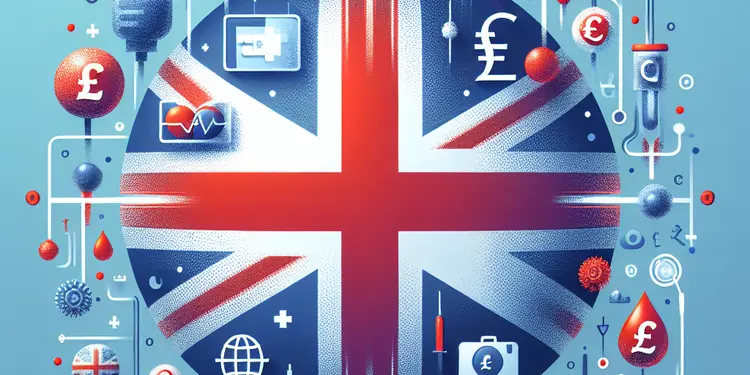
Find Help
More Items From Ergsy search
-
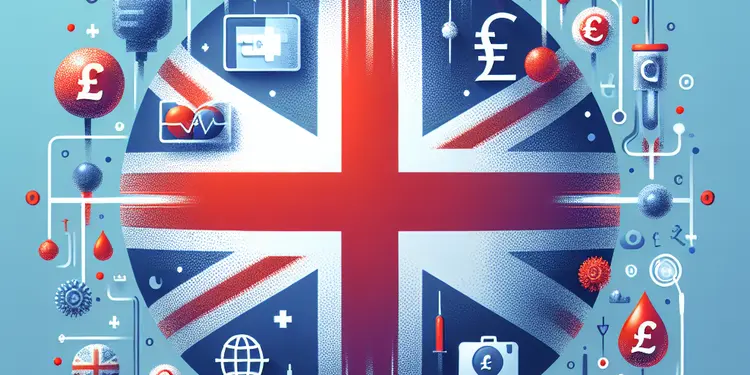
Are there global differences in screening for blood transfusions?
Relevance: 100%
-
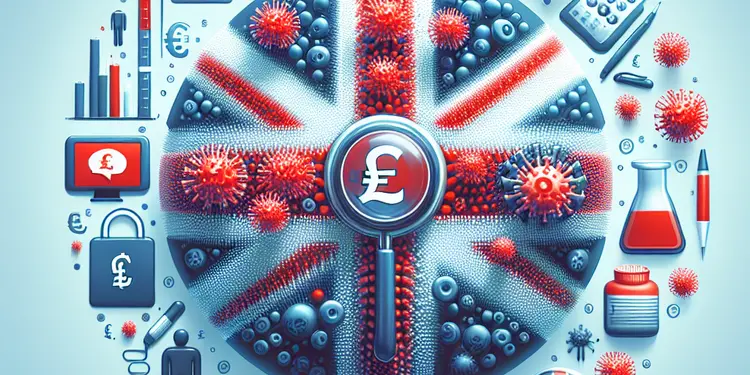
Is Zika virus screened for in blood transfusions?
Relevance: 81%
-
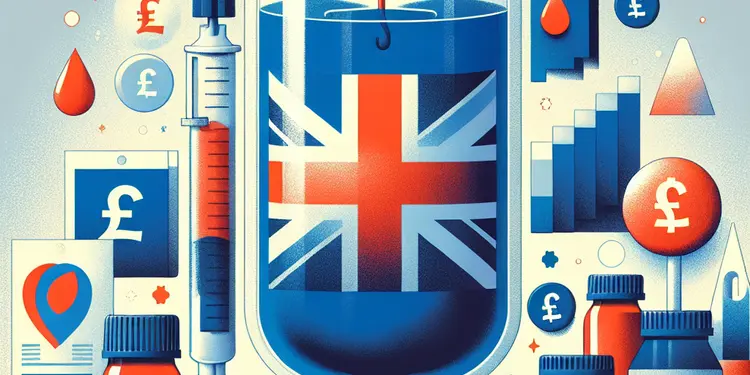
Is Chagas disease a concern with blood transfusions?
Relevance: 72%
-
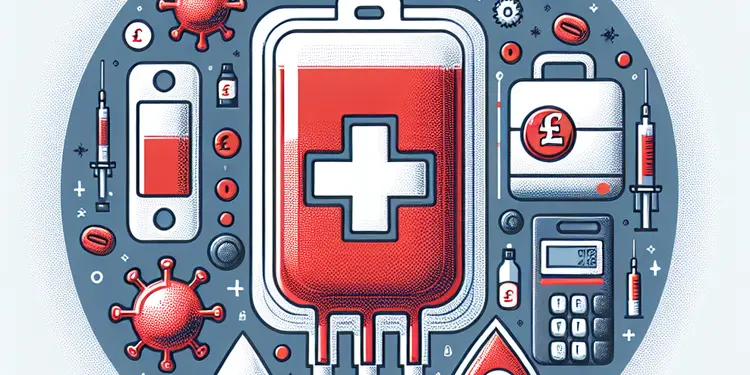
Is HTLV a risk in blood transfusions?
Relevance: 70%
-

Is malaria still a concern for blood transfusion safety?
Relevance: 69%
-
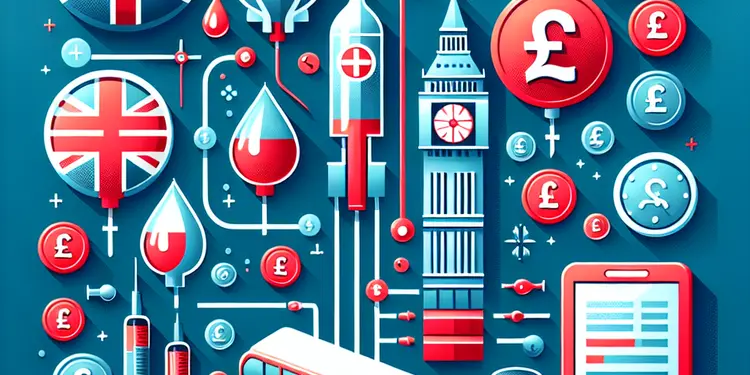
What diseases can be spread by blood transfusions?
Relevance: 67%
-

Can syphilis be transmitted via blood transfusion?
Relevance: 67%
-
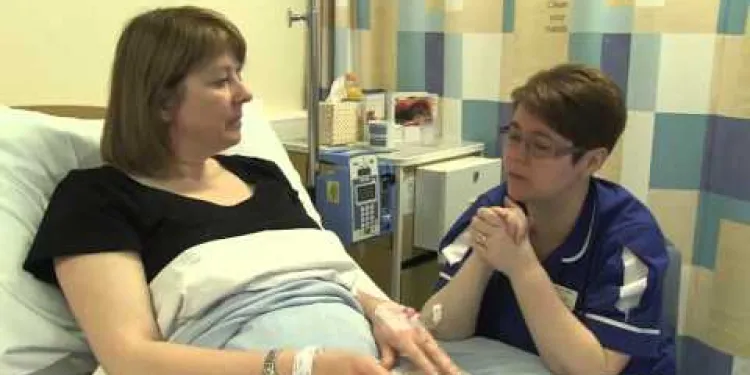
Blood Transfusion
Relevance: 67%
-
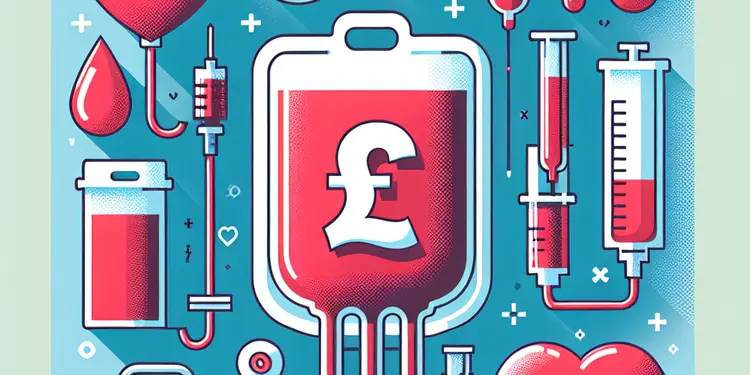
Can HIV be transmitted through blood transfusions?
Relevance: 66%
-

Blood Product Transfusions
Relevance: 66%
-
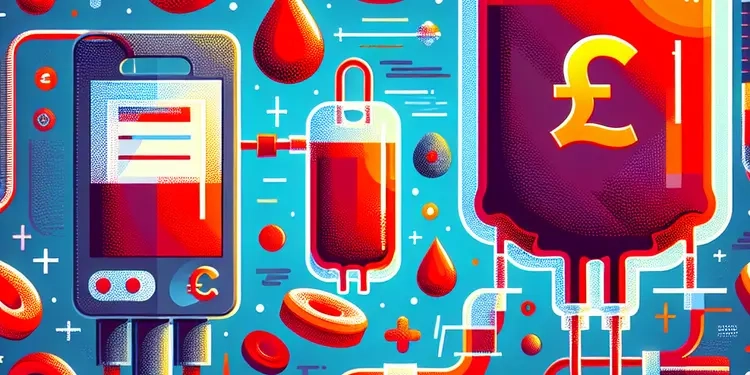
What is a blood transfusion?
Relevance: 66%
-
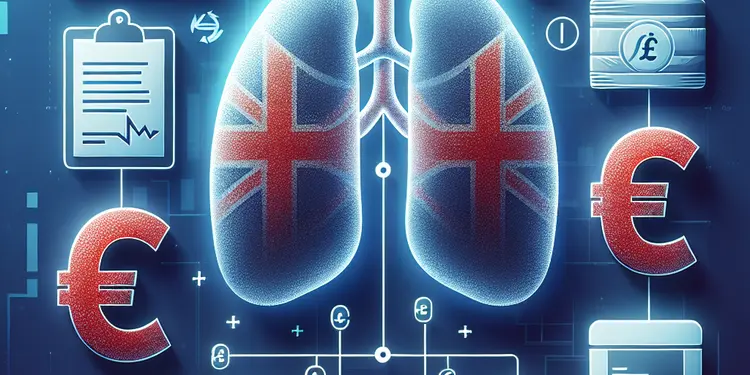
Is Hepatitis B a risk in blood transfusions?
Relevance: 66%
-

Are there risks associated with blood transfusions?
Relevance: 64%
-
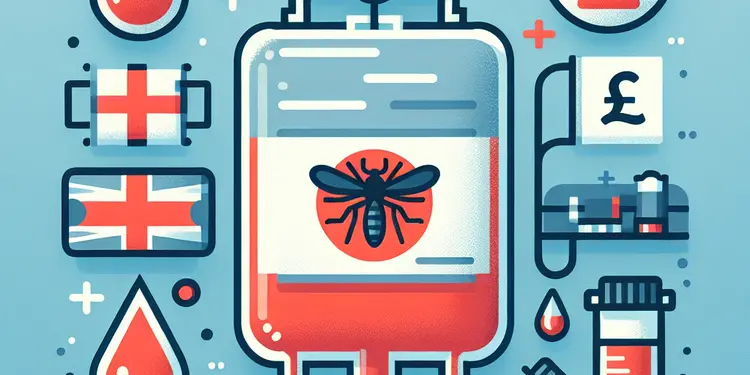
Can Dengue fever be transmitted through blood transfusions?
Relevance: 63%
-
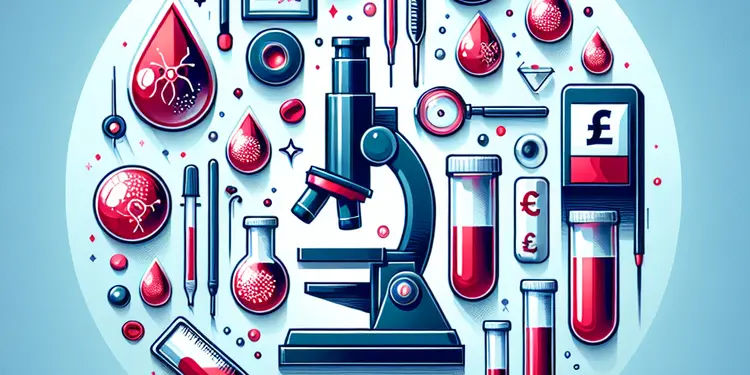
How is blood screened to prevent disease transmission?
Relevance: 62%
-
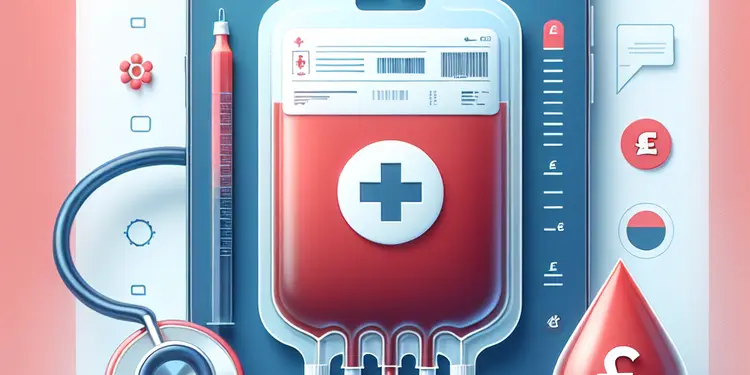
Can bacterial infections be transmitted through blood transfusion?
Relevance: 62%
-
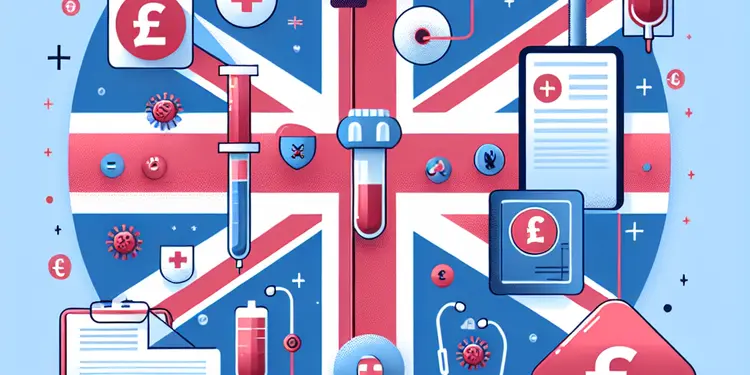
Are there any parasites that can be transmitted through blood transfusions?
Relevance: 60%
-
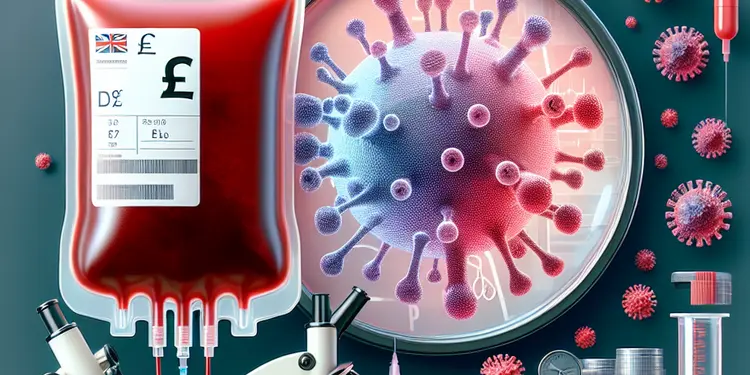
What is the most common disease transmitted by blood transfusion?
Relevance: 60%
-
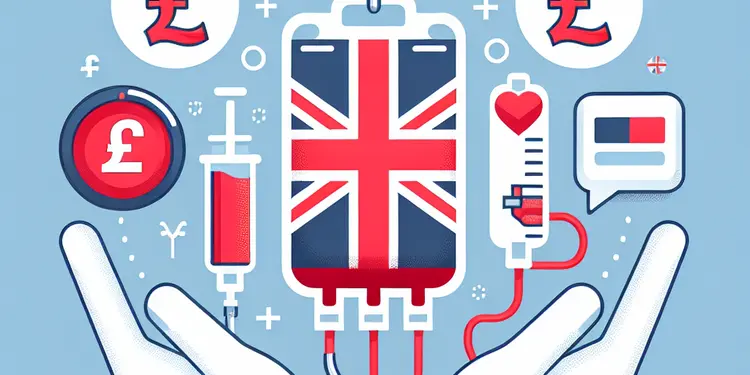
Can COVID-19 be transmitted through blood transfusions?
Relevance: 60%
-
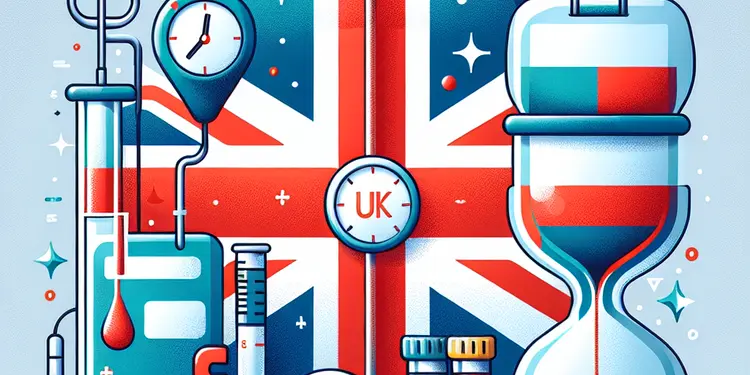
Is there an age limit for receiving blood transfusions?
Relevance: 59%
-
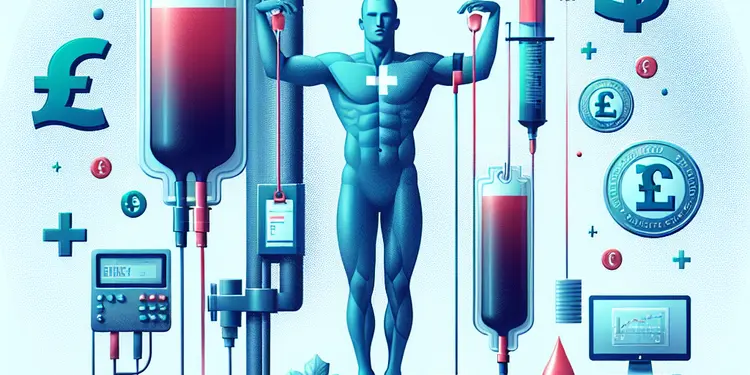
Can someone have a reaction to a mismatched blood transfusion?
Relevance: 58%
-
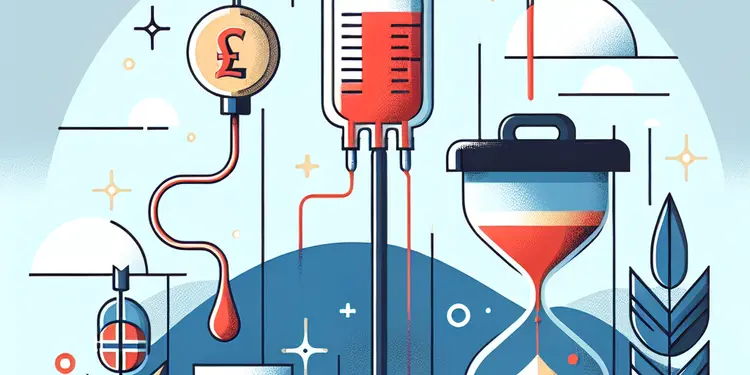
How long does a blood transfusion take?
Relevance: 58%
-
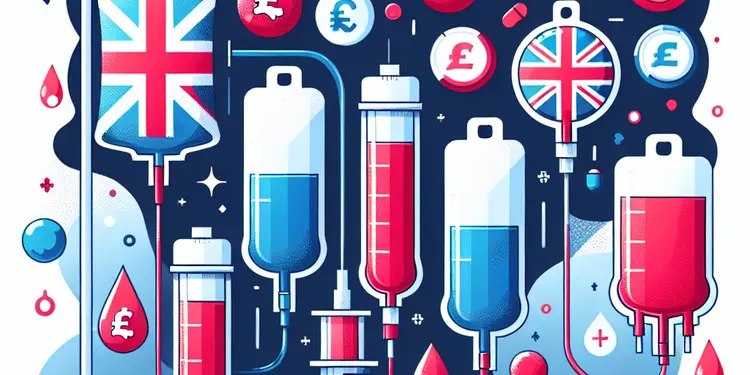
What types of blood products can be transfused?
Relevance: 57%
-
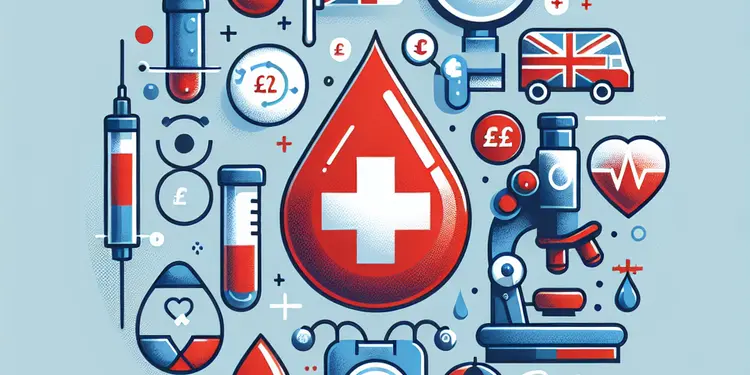
How do healthcare providers match blood for transfusions?
Relevance: 56%
-
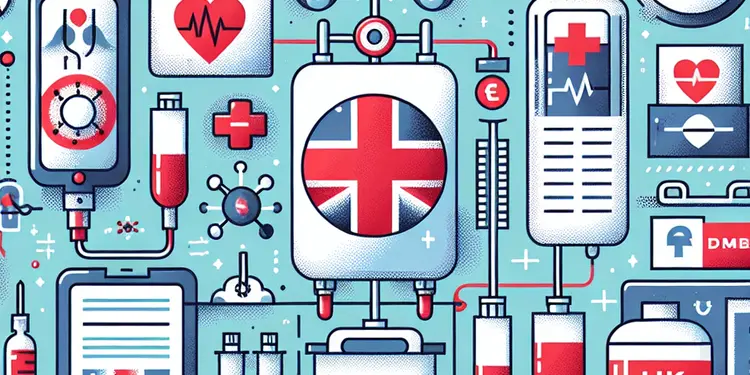
What measures are taken to prevent disease transmission in blood transfusions?
Relevance: 55%
-
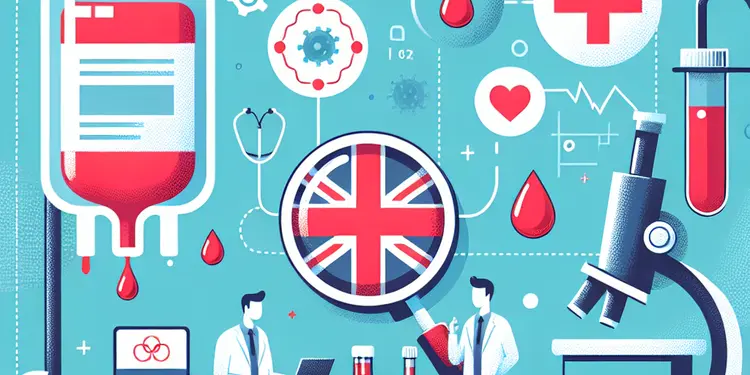
Can you get any prion diseases from blood transfusion?
Relevance: 55%
-
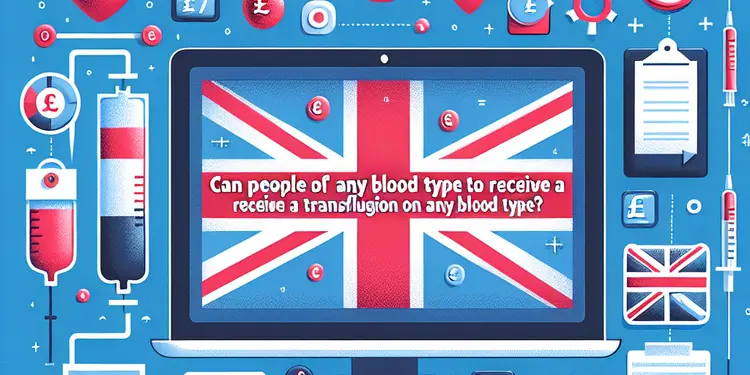
Can people of any blood type receive a transfusion of any blood type?
Relevance: 55%
-
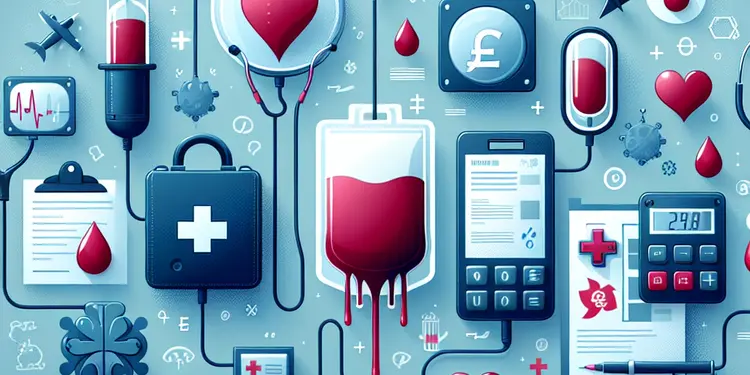
Can certain medical conditions prevent receiving blood transfusions?
Relevance: 54%
-
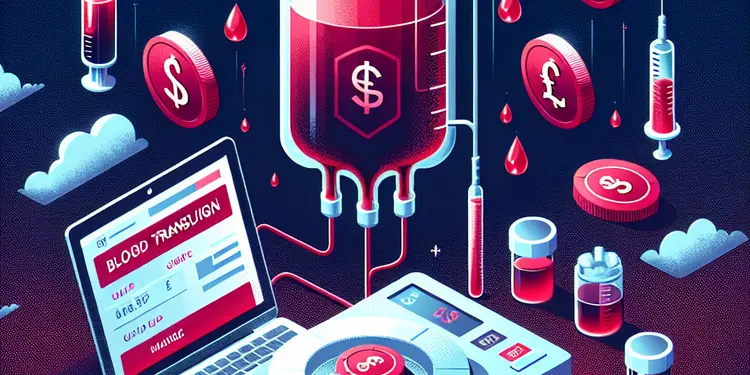
Why might someone need a blood transfusion?
Relevance: 54%
-
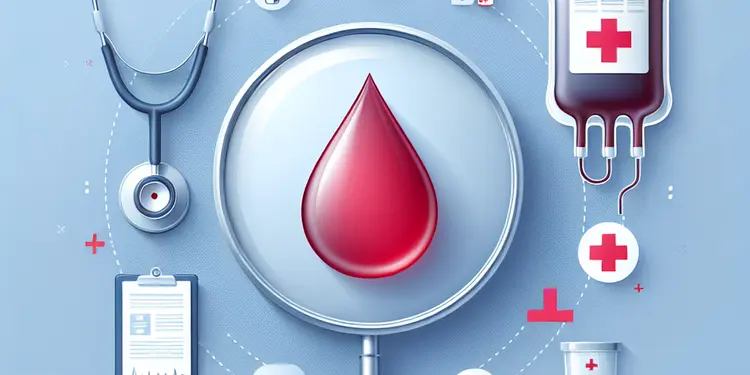
How do doctors determine how much blood is needed for a transfusion?
Relevance: 53%
-
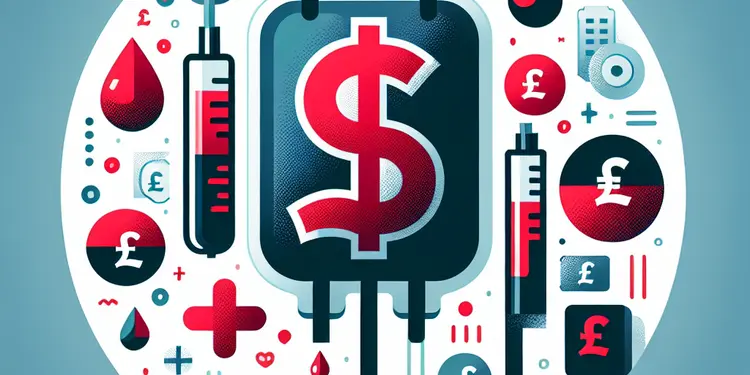
What are some common reasons blood transfusions are needed?
Relevance: 52%
-
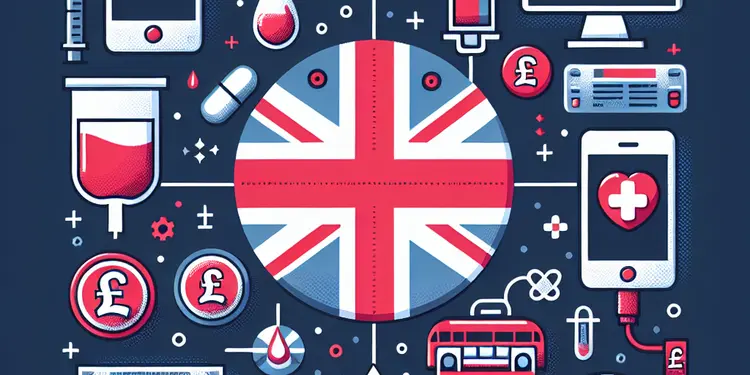
Is blood used for transfusions safe?
Relevance: 47%
-
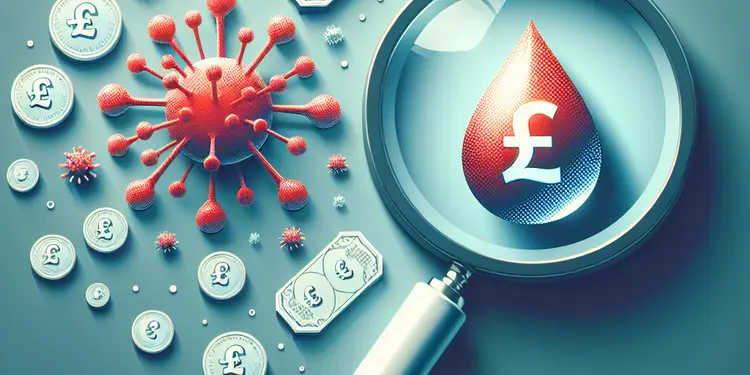
Are new emerging pathogens a risk for blood safety?
Relevance: 47%
-

What other viruses are tested for in blood donations?
Relevance: 47%
-

What is plasma, and why might it be transfused?
Relevance: 45%
-
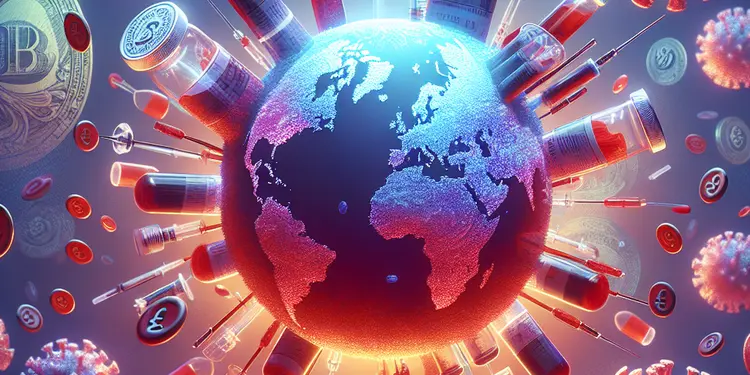
Can cytomegalovirus (CMV) be spread through transfusions?
Relevance: 43%
-

Is there a difference in screen time impact on sleep between weekdays and weekends?
Relevance: 38%
-

What should a patient expect after a blood transfusion?
Relevance: 36%
-
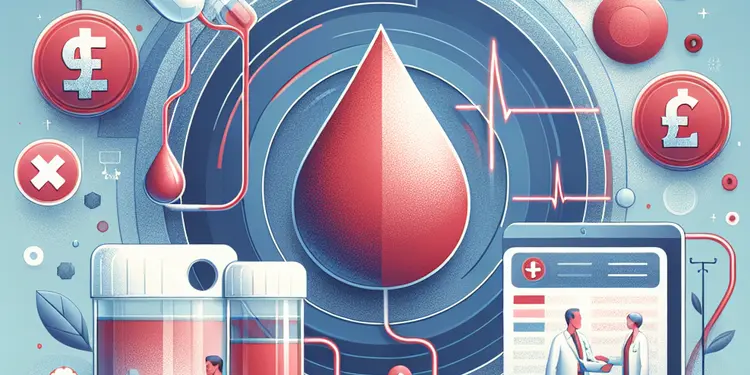
What kind of follow-up care is needed after a blood transfusion?
Relevance: 35%
-
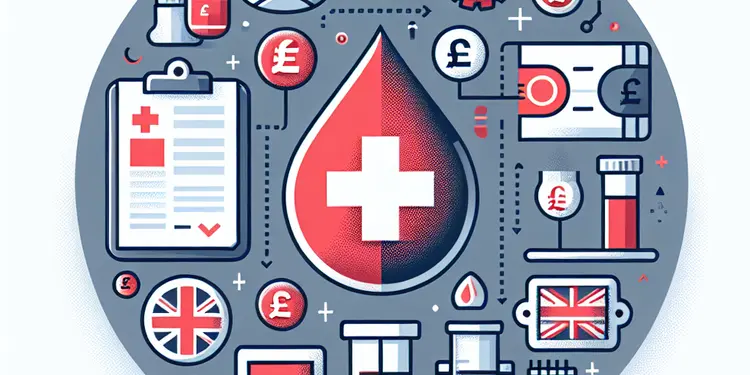
Why is blood donation history important in preventing disease transmission?
Relevance: 34%
Introduction
Screening for blood transfusions is a critical process to ensure the safety of blood recipients worldwide. The procedures conducted before blood is deemed safe for transfusion vary across countries. In the United Kingdom, stringent guidelines are set by organizations such as the National Health Service (NHS) Blood and Transplant. However, global differences exist due to varying healthcare infrastructures, prevalence of specific blood-borne infections, and different regulatory standards.
Screening Standards and Practices
In the UK, blood donation screening involves a rigorous process of donor health assessment and laboratory testing. Donors are questioned about medical history, travel, and lifestyle to rule out potential risks. Blood samples from donations are then tested for pathogens like hepatitis B and C, HIV, syphilis, and other infectious agents. Conversely, low and middle-income countries may face challenges in screening due to resource constraints. Lack of access to advanced testing technologies can impede the thorough screening that is standard in wealthier nations. Consequently, these regions may have higher risks of transfusion-transmissible infections (TTIs).
Technological and Infrastructure Differences
Advanced nations often utilize nucleic acid testing (NAT), which detects viral genetic material even at low levels, thereby reducing the window period during which newer infections might go undetected. In contrast, many developing countries rely primarily on serological assays, which may not detect infections as early as NAT does. This technological disparity contributes to varying levels of transfusion safety globally. Moreover, in regions where laboratory infrastructure is less developed, the reliability and consistency of testing practices can be variable.
Regulatory and Policy Variations
The regulatory frameworks governing blood transfusion services also impact how screenings are conducted. In the European Union and North America, stringent regulatory environments mandate comprehensive screening processes and regular audits to maintain high safety standards. However, other regions might have less rigorous policies due to different public health priorities or budgetary constraints. These policy differences can significantly affect the risk management of blood transfusions.
Addressing Global Challenges
Efforts to improve blood safety globally involve international collaboration and support. Organizations like the World Health Organization (WHO) provide guidelines and assistance to enhance the screening capabilities of nations with fewer resources. Training programs, financial aid, and technological investments are vital in narrowing the safety gap. Furthermore, global initiatives aim to standardize blood transfusion policies and practices to ensure more uniform safety levels irrespective of geographic or economic differences.
Conclusion
While the UK and many other developed nations have established robust screening processes for blood transfusions, global differences persist. These disparities stem from technological, infrastructural, and regulatory variations. Addressing the challenges faced by lower-income countries requires international cooperation and sustained efforts to improve the safety of blood transfusions worldwide. In doing so, the overarching goal remains to ensure that all recipients receive safe and life-saving blood, regardless of where they are.
Introduction
Checking blood before it is used for transfusions is very important. This makes sure it is safe for the person getting it. Every country does this a little differently. In the UK, the NHS Blood and Transplant group has strict rules for checking blood. But, not every country has the same resources or rules.
How Blood is Checked
In the UK, checking blood is a careful process. People who want to give blood answer questions about their health, travel, and lifestyle. This helps to find any risks. The blood they give is checked for things like hepatitis B and C, HIV, and syphilis. Some countries might find this hard because they don’t have the same tools or money. This means they might miss things that can make people sick from blood transfusions.
Different Tools and Technology
Rich countries use advanced tools to find even tiny amounts of viruses in blood. This helps catch infections early. Some poorer countries use older tools that might not find infections as quickly. This difference makes blood safety different in various countries. In places with fewer labs, testing might not always be reliable.
Rules and Policies
The rules for checking blood are different around the world. In Europe and North America, the rules are very strict to make sure blood is safe. Some other places don’t have such strict rules, maybe because of money or other health needs. These rule differences can change how safe blood is in different countries.
Working Together to Make Blood Safe
Countries are trying to work together to make blood safer everywhere. Groups like the World Health Organization (WHO) help by giving advice and support. They might offer training, money, or technology to countries that need it. These steps help make blood transfusions safer for everyone, no matter where they live.
Conclusion
Countries like the UK have good ways to check blood, but not every place does. Different tools, resources, and rules make blood safety different around the world. Helping countries with fewer resources is important. Working together, we can make sure everyone gets safe blood when they need it.
Frequently Asked Questions
Useful Links
- Ergsy carfully checks the information in the videos we provide here.
- Videos shown by Youtube after a video has completed, have NOT been reviewed by ERGSY.
- To view, click the arrow in centre of video.
- Most of the videos you find here will have subtitles and/or closed captions available.
- You may need to turn these on, and choose your preferred language.
- Go to the video you'd like to watch.
- If closed captions (CC) are available, settings will be visible on the bottom right of the video player.
- To turn on Captions, click settings .
- To turn off Captions, click settings again.
More Items From Ergsy search
-

Are there global differences in screening for blood transfusions?
Relevance: 100%
-

Is Zika virus screened for in blood transfusions?
Relevance: 81%
-

Is Chagas disease a concern with blood transfusions?
Relevance: 72%
-

Is HTLV a risk in blood transfusions?
Relevance: 70%
-

Is malaria still a concern for blood transfusion safety?
Relevance: 69%
-

What diseases can be spread by blood transfusions?
Relevance: 67%
-

Can syphilis be transmitted via blood transfusion?
Relevance: 67%
-

Blood Transfusion
Relevance: 67%
-

Can HIV be transmitted through blood transfusions?
Relevance: 66%
-

Blood Product Transfusions
Relevance: 66%
-

What is a blood transfusion?
Relevance: 66%
-

Is Hepatitis B a risk in blood transfusions?
Relevance: 66%
-

Are there risks associated with blood transfusions?
Relevance: 64%
-

Can Dengue fever be transmitted through blood transfusions?
Relevance: 63%
-

How is blood screened to prevent disease transmission?
Relevance: 62%
-

Can bacterial infections be transmitted through blood transfusion?
Relevance: 62%
-

Are there any parasites that can be transmitted through blood transfusions?
Relevance: 60%
-

What is the most common disease transmitted by blood transfusion?
Relevance: 60%
-

Can COVID-19 be transmitted through blood transfusions?
Relevance: 60%
-

Is there an age limit for receiving blood transfusions?
Relevance: 59%
-

Can someone have a reaction to a mismatched blood transfusion?
Relevance: 58%
-

How long does a blood transfusion take?
Relevance: 58%
-

What types of blood products can be transfused?
Relevance: 57%
-

How do healthcare providers match blood for transfusions?
Relevance: 56%
-

What measures are taken to prevent disease transmission in blood transfusions?
Relevance: 55%
-

Can you get any prion diseases from blood transfusion?
Relevance: 55%
-

Can people of any blood type receive a transfusion of any blood type?
Relevance: 55%
-

Can certain medical conditions prevent receiving blood transfusions?
Relevance: 54%
-

Why might someone need a blood transfusion?
Relevance: 54%
-

How do doctors determine how much blood is needed for a transfusion?
Relevance: 53%
-

What are some common reasons blood transfusions are needed?
Relevance: 52%
-

Is blood used for transfusions safe?
Relevance: 47%
-

Are new emerging pathogens a risk for blood safety?
Relevance: 47%
-

What other viruses are tested for in blood donations?
Relevance: 47%
-

What is plasma, and why might it be transfused?
Relevance: 45%
-

Can cytomegalovirus (CMV) be spread through transfusions?
Relevance: 43%
-

Is there a difference in screen time impact on sleep between weekdays and weekends?
Relevance: 38%
-

What should a patient expect after a blood transfusion?
Relevance: 36%
-

What kind of follow-up care is needed after a blood transfusion?
Relevance: 35%
-

Why is blood donation history important in preventing disease transmission?
Relevance: 34%


